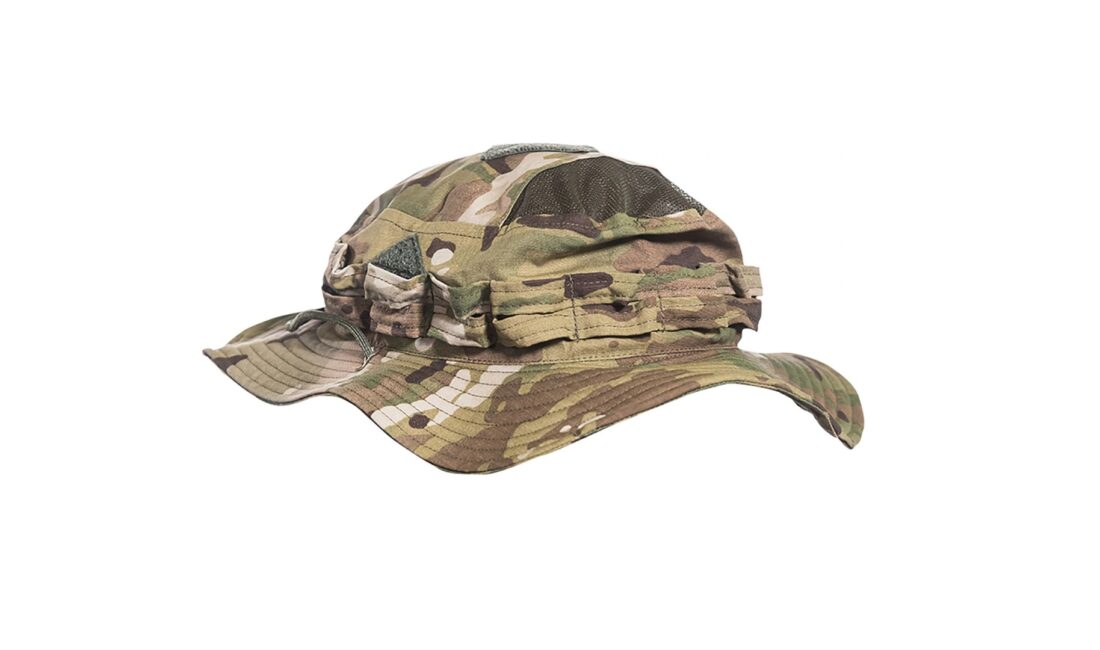
Sure, here’s a breakdown of the choices by category:
Clothing and Personal Items: When exploring the Amazon jungle, it’s essential to protect your skin from sunburn and insects. Wearing long-sleeved shirts and pants, along with a sun hat and sunglasses, will shield you from the sun’s harmful rays, while also keeping the pesky insects away. Additionally, bringing lightweight, quick-drying clothes is a must, as the humidity in the jungle can make clothing heavy and uncomfortable.
Navigation: Navigating through the jungle can be challenging, so it’s crucial to bring along tools like a compass, GPS device, and maps to help you find your way. A whistle and mirror are also necessary for signaling for help in case of emergencies.
Equipment: Bringing lightweight and waterproof gear is important, as the jungle can be quite humid and wet. A tent that’s lightweight and waterproof is a must-have for sleeping in the jungle, along with a sleeping bag appropriate for the climate. A water filter or purification tablets are essential to ensure that the water you drink is safe. Additionally, bringing a portable camp stove and cookware to prepare meals, along with a headlamp or flashlight for illumination, is important.
Tools: Tools like a machete or small hatchet are essential for clearing paths and cutting through dense vegetation. A multi-tool or pocket knife can be used for a variety of purposes, and paracord or rope is essential for setting up camp and other tasks. Ziplock and dry bags are useful for waterproofing, while a large garbage bag is necessary for waste disposal.
Food and Water: Non-perishable food like nuts, energy bars, and dried fruits are lightweight and easy to pack. High-calorie emergency rations are also necessary in case you find yourself stranded or lost. Bringing enough water bottles or a hydration system with a capacity of at least 2 liters is essential for staying hydrated in the hot and humid jungle. Electrolyte tablets help replace lost minerals due to sweating.
Overall, the most critical aspect of packing for an Amazon jungle expedition is to bring lightweight, waterproof gear that’s suitable for the climate and environment. Additionally, it’s important to pack only the most essential items to keep your load light and easy to carry.
Here is a list of essential items, tools, and gear to bring on your expedition deep into the Amazon jungle:
Clothing and Personal Items:
- Lightweight, quick-drying clothes
- Long-sleeved shirts and pants to protect from sun and insects
- Sun hat and sunglasses
- Hiking boots with good grip
- Sandals or water shoes for the boat rides
- Insect repellent with DEET
- Sunscreen with high SPF
- Personal hygiene items (toothbrush, toothpaste, biodegradable soap, etc.)
- Lightweight towel
- First aid kit
Navigation:
- Compass
- GPS device with preloaded maps of the area
- Maps of the region
- Whistle and mirror to signal for help
Equipment:
- Lightweight and waterproof tent
- Sleeping bag appropriate for the climate
- Water filter or water purification tablets
- Portable camp stove and fuel
- Cookware and utensils
- Headlamp or flashlight with extra batteries
- Portable solar charger for electronic devices
- Binoculars and camera
Tools:
- Machete or small hatchet for clearing paths
- Multi-tool or pocket knife
- Paracord or rope for various purposes
- Duct tape
- Ziplock bags and dry bags for waterproofing
- A large garbage bag for waste disposal
Food and Water:
- Non-perishable food (nuts, energy bars, dried fruits, etc.)
- Lightweight and high-calorie emergency rations
- Water bottles or hydration system with a capacity of at least 2 liters
- Electrolyte tablets to replace lost minerals
It’s crucial to pack light, so make sure you prioritize the most necessary items to bring along. Also, always follow Leave No Trace principles and minimize your impact on the environment.

